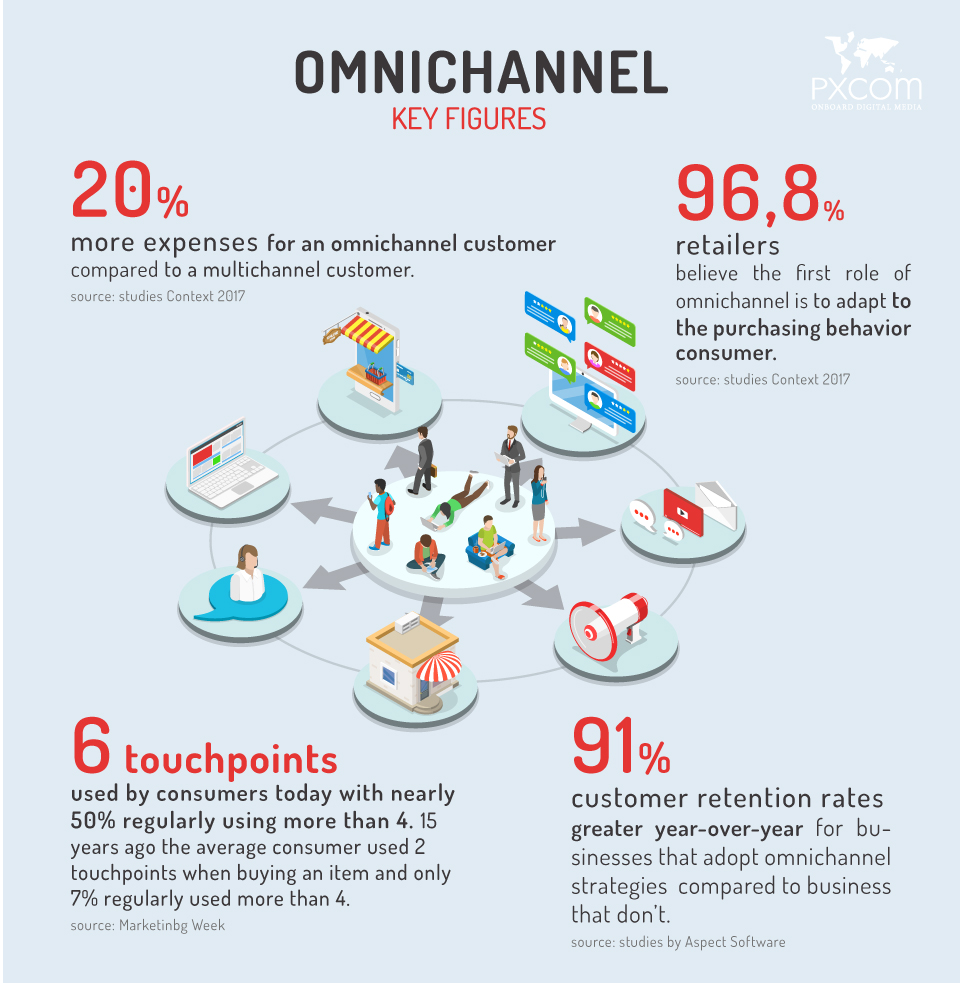The term ‘omnichannel’ has been prevalent for the marketers for 4 years now. It refers to, what some experts say, a revolutionnary concept. But what is the omnichannel concretely? And how the tourism sector can take advantage of it?
Omnichannel: more relevant touchpoints equals more chances to sell!
The omnichannel deals with customer relations. In the marketing’s very beginning, a hotelier, for example, promoted its hotel with a beautiful hand-painted logo that appealed to the customers to book a room for the night. We then talk about monochannel. Behind this term, there were still several touchpoints with the customer:
1: the view of the logo and the place
2: the hotelier’s handshake, more or less welcoming
3: a little calling card the latter could give the customers when they leave, to win his customers’ loyalty.
From monochannel to multichannel
If the traveler had a good experience, he could recommend it to his friends, and therefore create a second channel: the word of mouth. If the hotelier was clever, he could pay the ones who recommend his hotel to create a third channel: partnership or network. However, to explicitly deal with ‘multichannel’, it will be necessary to wait for the peak of marketing and digital.
Nowadays, the tourism industry commercially works with the multichannel: hotels, restaurants, tour-operators, service providers, museums or tourist sites all have calling cards or flyers to give, phone reception, email address, website, social media accounts… Most of them also have online booking platforms such as Booking or OpenTable, where internet users’ reviews are a powerful word of mouth.
And there was the intelligence in the channels
The digital has diversified the channels to promote your business and therefore multiply the touchpoints. The number one rule is: ‘the more often my brand or offer is promoted, the more chances I have to sell’. But how to know which channel is the best? And how to know what touchpoint will be the most efficient? Since the buyer remains temperamental, volatile and unpredictable, the omnichannel is the best solution since it adds to the multichannel (big) touches of intelligence.

Omnichannel marketing : the numbers to remember
The omnichannel, thanks to the digital intelligence, is an optimized multichannel. From now on, thank to customers behavior tracking softwares, coupled with data analysis based on artificial intelligence and big data, you can follow the internet users’ progression and understand their tastes and needs. Moreover, you can know that he is booking a flight to South Africa, for example. The consumer becomes way more predictable! As we know where he lives, it is now possible to push:
- taxi or luggage services ad banners
- hotels, cultural activities (if he bought a travel guide) or sports activites (if he bought hiking shoes) in the country he’s traveling to
All of this at his next Google (or other) internet connection.
Omnichannels costs still costly… but clever
Marketing agences, in collaboration with software editors or digital service providers, make a big deal about it. Indeed, they now help their customers tracking their channels and touchpoints, to be better digitalized with softwares and solutions to get, stock and mostly interpret the customers data, to finally push well targeted offers to each customer.
In the absence of financial or tech means to buy such services, the common sense (this intelligence touch in each person) and affordable solutions can easily fit the bill. Here are some good examples, that already are in line with the omnichannel logic:
- Set promotionnal codes peculiar to each channel to know which one led the buyer to you
- Focus on a yearly digital campaign, chose for its relevance. Why not onboard, since passengers are bored and thus a captivated audience — 84% of them show interest for a interactive onboard digital travel guide
- Here are some targets examples: offer extreme explorations to sports club members or cultural travels to senior associations
- Get, as a minimum, a customer relationship management (CRM) software, some of them are even free
- And always encourage your satisfied customers to post comments by sending them an email and a link to do so, and of course follow their comments to get good lessons from it!






